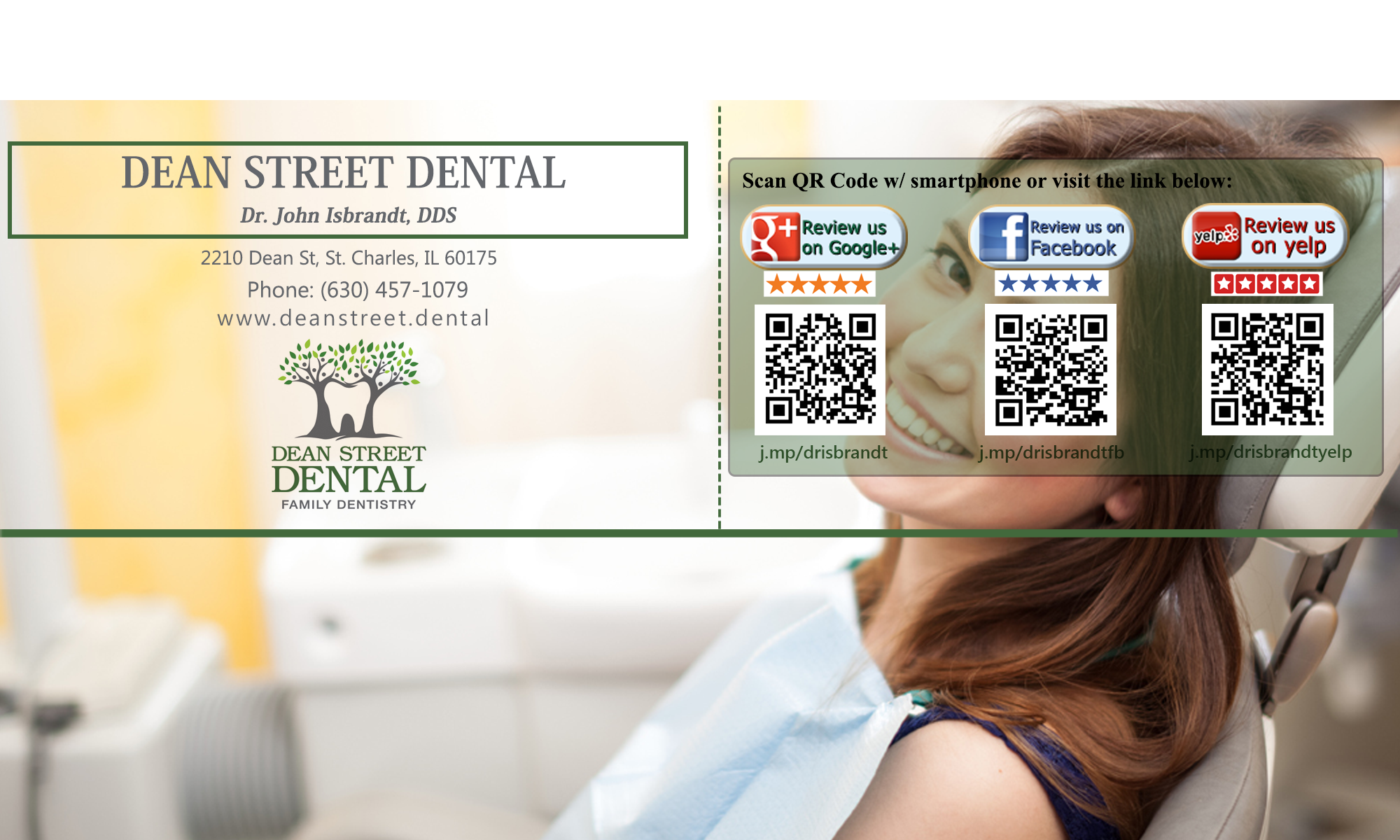Having a good relationship with your dentist means they should be able to explain things clearly to you and talk to you in language you understand.
The challenge for the dentist is that, as with any type of medical and professional training, they have to learn many unusual and technical terms.
This jargon has a purpsoe as it allows professionals to communicate clearly with each other on the same basis.
But often there is no need to use this terminology with the patient. Using these terms becomes a habit and they forgat to translate for the patient.
Soemtimes. it’s easier to say what you are thinking to a patient rather than have to translate it into something he or she will understand. And the dentist is usually thinking using the jargon.
Many common dental words such as restoration (filling), dentition (set of teeth) and occlusion (how the teeth come together) can easily be translated into terms patients understand.
Your dentist wants to help you understand as much about your dental health as possible so they would prefer that you stop them and ask what terms mean or simply ask them to speak in plain English.
They often slip into jargon out of habit or because it allows them to communicate more easily with others on the team.
They want you to get the treatment you need and be satisfied. So they won’t mind if you stop and remind them to communicate more effectively.
